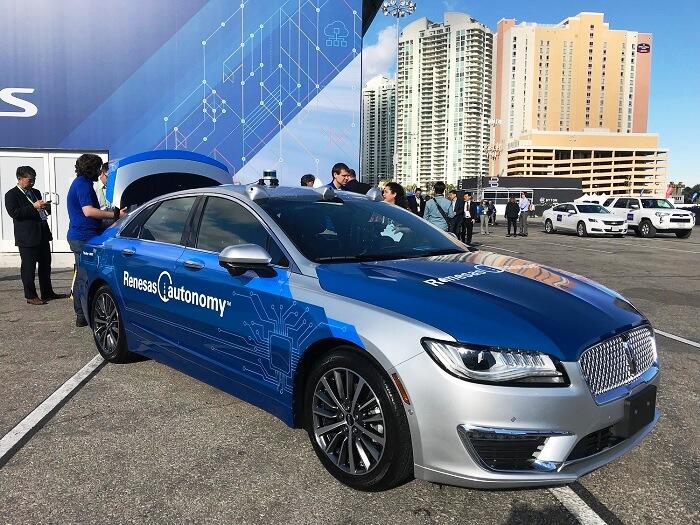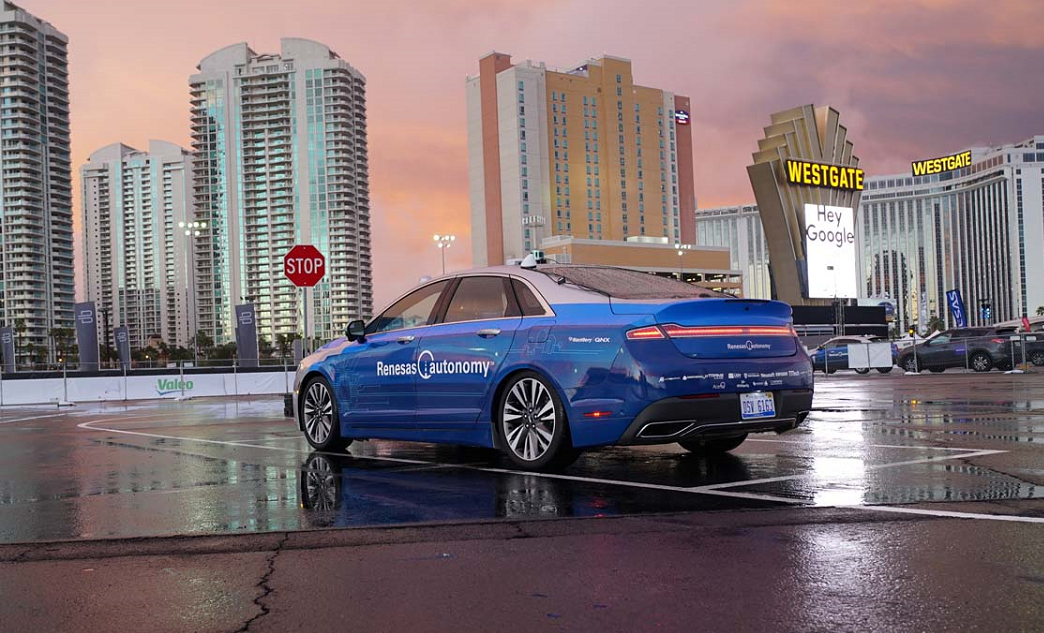Robocars: What We Saw in Vegas
Article By : Junko Yoshida, EE Times

CES didn't give us all the answers. But here's what we spotted as hot trends in robocars. The list isn't exhaustive, but it's an effort to report the stuff happening in Vegas that probably won't stay in Vegas.
LAS VEGAS — During the Consumer Electronics Show last week, many of us — both the media and conference attendees — were bombarded with numerous robocar demos, marketing pitches and announcements. Vendors unveiled freshly signed partnerships deals, drummed up design wins, and rolled out new technologies and products.
Phil Magney, founder and principal advisor of VSI Labs, observed that, especially in autonomous vehicles (AV), “There are endless claims from component suppliers about faster, cheaper, safer, more efficient and more scalable.” Magney cautioned, “This leads to the availability gaps. What gets presented is not necessarily what is available, or even close to available. At CES, everyone is guilty of this.”
Nevertheless, every tradeshow-goer struggles to resist the latest and newest. Magney, for example, is hopeful for “plug and play automation” for AVs.
“Although this sounds too good to be true and far from possible in today’s automated vehicle stack,” Magney saw some hopeful signs at the show. “The development led by major tier ones along with semiconductor companies is moving in this direction.”
Other notable trends at CES include the emergence of an eco-system around automated vehicles.
As Magney noted, “Literally any company that has anything to do with automotive, components, transportation, logistics, cloud/data center, mapping, transactions, fleets management, simulation, and software are part of the larger and still growing AV eco-system.”
Certainly, a growing eco-system is a good thing. But as it evolves, tough questions pop up. How much of what we saw qualifies, for example, as automotive grade or functional safety level ASIL-D? Magney said that he’s seen “all this great innovation by smart companies with lots of capital. But these companies lack the capacity to reach the stringent requirements of automotive, or transportation.” Herein lies both a problem and an opportunity, he said. Magney predicted more partnerships and acquisitions to follow.
Meanwhile, AI has almost become a given in every robocar talk. “To varying degrees, the industry has accepted that artificial intelligence for automotive is a done deal,” Magney noted.
Nvidia now claims ASIL-D ratings for its Pegasus platform. But here’s the rub. Pegasus includes components rated ASIL-D, such as Infineon’s Aurix microcontrollers and QNX’s RTOS. But are these parts sufficient to claim that the whole system deserves ASIL-D?
Magney told us that he still wonders how the Pegasus got its ASIL-D rating at a time when “functional safety still does not accommodate the lack of software traceability of an AI-based inference model.”
CES didn’t give us all the answers. But in the following pages, we list questions we asked and what we saw as highlights or the big trends in automated vehicles. Included are also a few random items spotted on the show floor. This is by no means meant to be an exhaustive list, just an effort to report the stuff happening in Vegas that probably won’t stay in Vegas.
Table of contents
- Introduction
- Vision Thing
- AV at China speed
- AV processors
- What is Level 2+?
- Renesas goes ‘all in’ with Robocars
- Plug & play automation
- New Sensors and modules
Next page: Vision thing
Subscribe to Newsletter
Test Qr code text s ss



